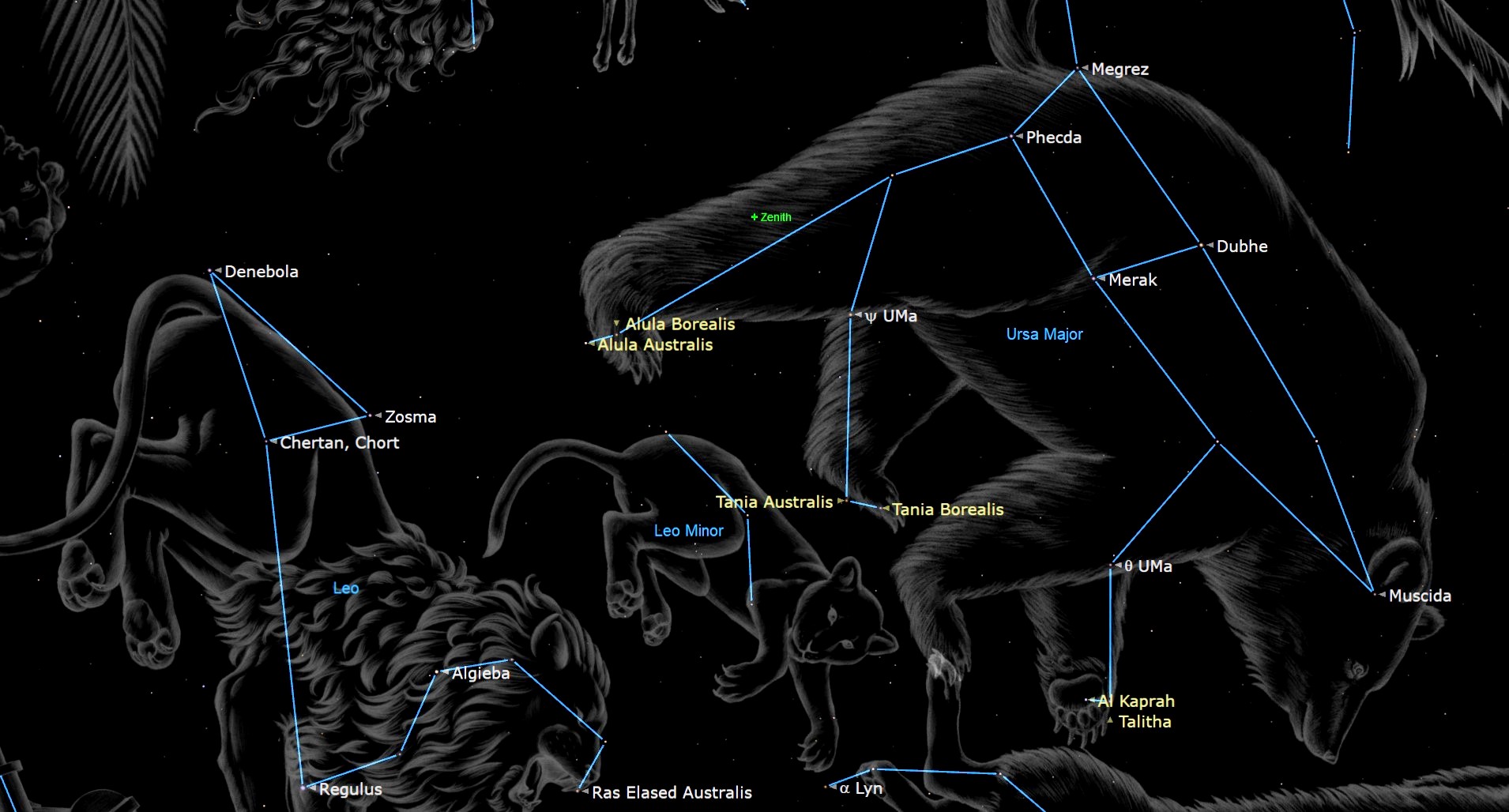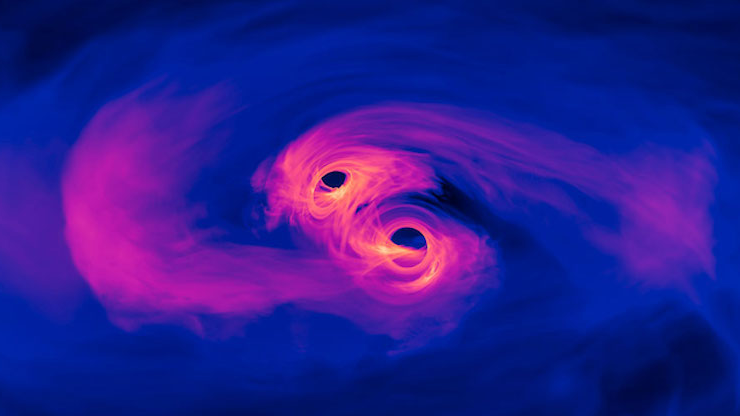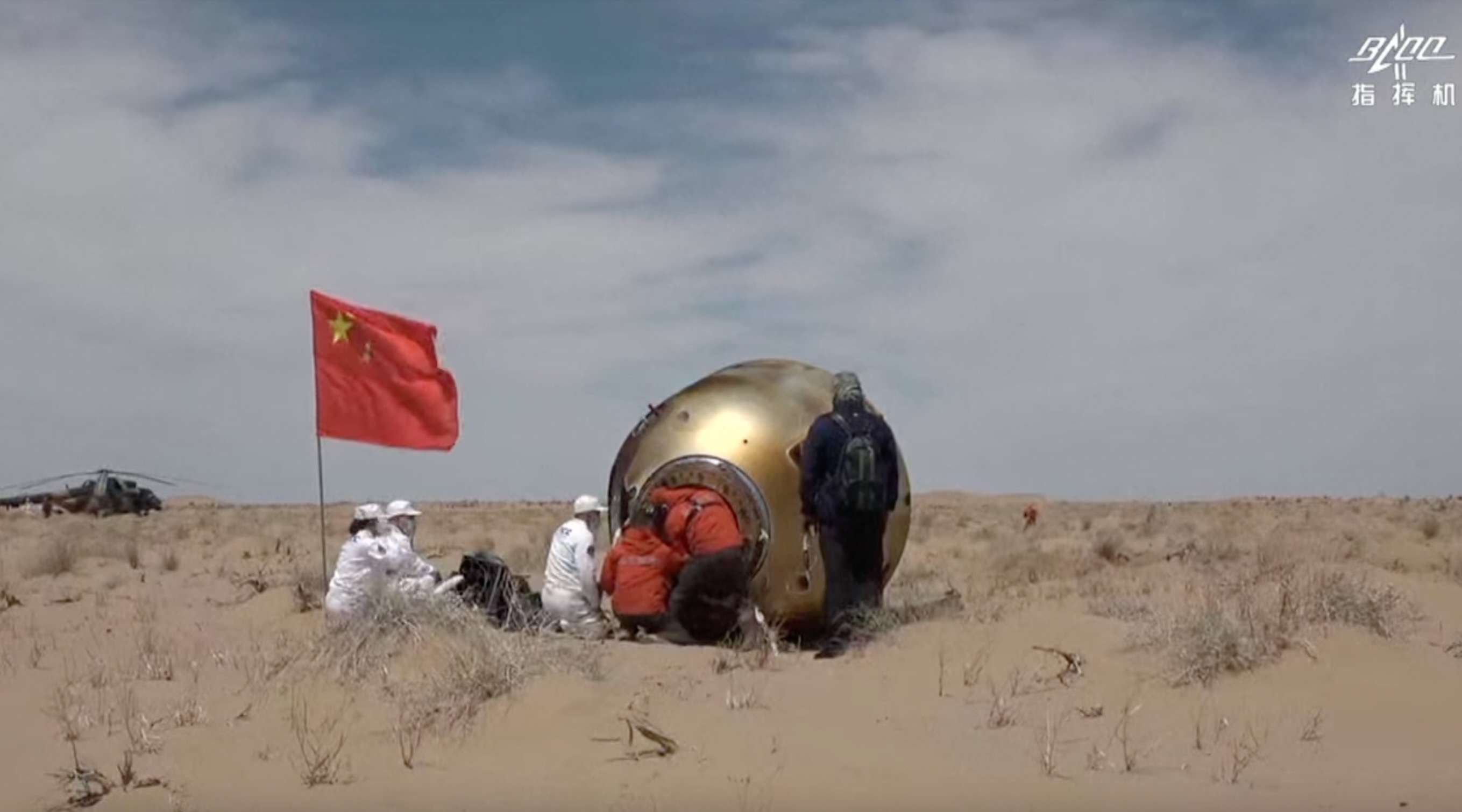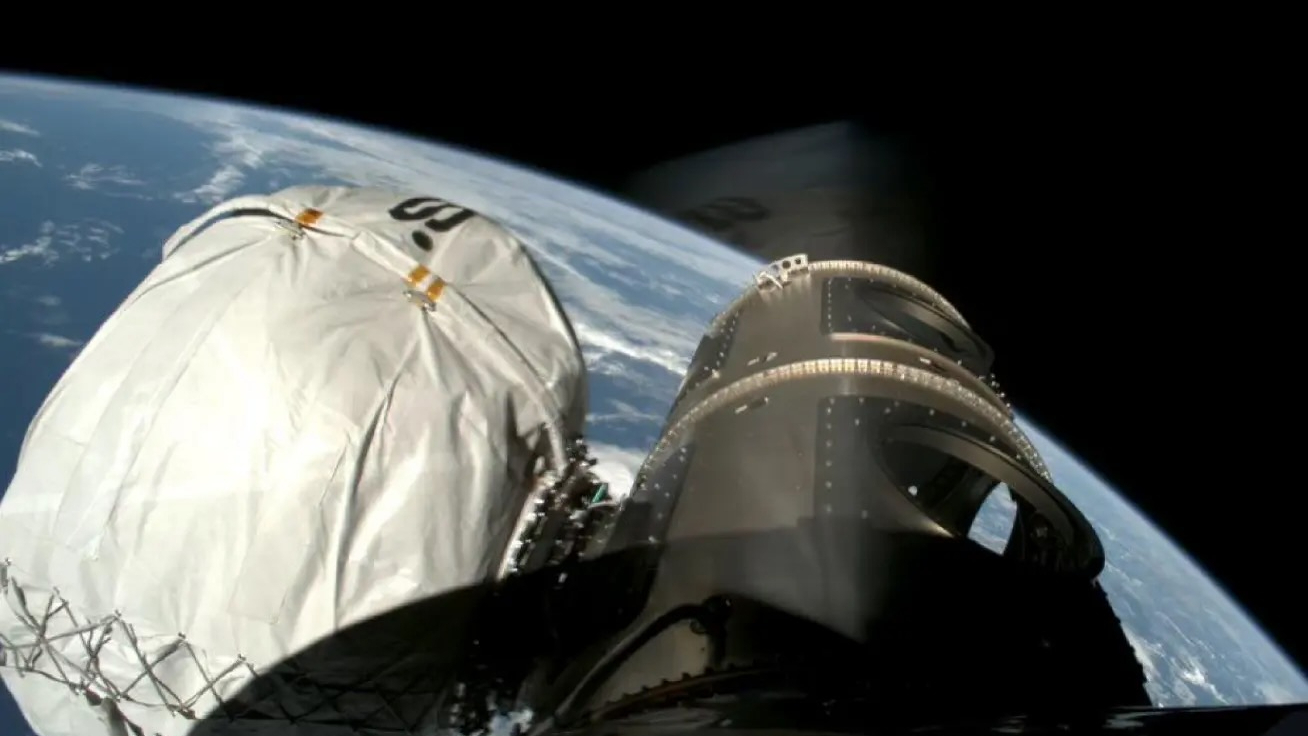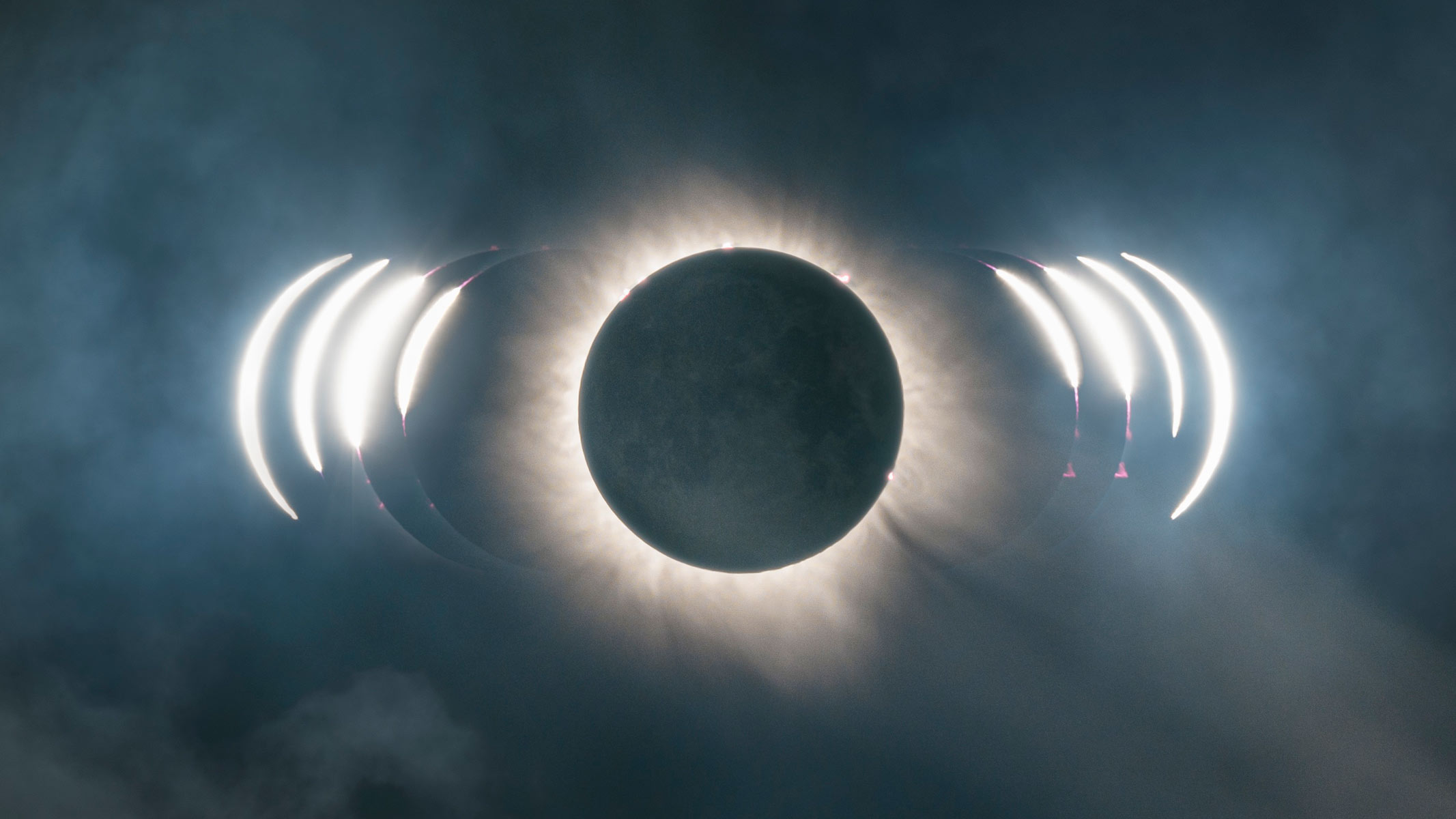Moon Data and Current Moon Phase
Current Moon Phase | How phases change | On the Moon | More Moon Resources
Though a satellite of Earth, the Moon is bigger than Pluto. Some scientists think of it as a planet (four other moons in our solar system are even bigger). There are various theories about how the Moon was created, but recent evidence indicates it formed when a huge collision tore a chunk of the Earth away.
[24 Hours of Chaos: The Day the Moon was Made]
Moon data (averages):
Diameter: 2,160 miles
Time to rotate: 27.3 days*
Orbit: 27.3 days*
Compared to Earth:
Mass: 1.2% of Earth's
Diameter: 27% of Earth's
Distance from Earth: 238,866 miles
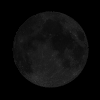
How the Moon's phases change
Because it takes 27.3 days both to rotate on its axis and to orbit Earth, the Moon always shows us the same face. We see the Moon because of reflected sunlight. How much of it we see depends on its position in relation to Earth and the Sun.

Earth's gravity keeps the Moon in orbit, while the Moon's gravity creates tides on our oceans
Get the Space.com Newsletter
Breaking space news, the latest updates on rocket launches, skywatching events and more!
On the moon

The Moon has almost no atmosphere, so a layer of dust -- or a footprint -- can sit undisturbed for centuries. And without an atmosphere, heat is not held near the planet, so temperatures vary wildly. Daytime temperatures on the sunny side of the Moon reach 273 degrees F; on the dark side it gets as cold as -243.
In June of 1999, reserchers discovered by accident that a huge cloud of sodium gas trails behind the Moon.
The Lunar Prospector in 1998 provided evidence of ice near the Moon's poles, perhaps as much as 6 billion tons of it.
Final fact
The Moon travels around the Earth at a little more than half a mile per second; its speed is slowing and the satellite is gradually moving away from Earth.
Photographs: NASA/NSSDC
Full Moon Fever
Join our Space Forums to keep talking space on the latest missions, night sky and more! And if you have a news tip, correction or comment, let us know at: community@space.com.

Space.com is the premier source of space exploration, innovation and astronomy news, chronicling (and celebrating) humanity's ongoing expansion across the final frontier. Originally founded in 1999, Space.com is, and always has been, the passion of writers and editors who are space fans and also trained journalists. Our current news team consists of Editor-in-Chief Tariq Malik; Editor Hanneke Weitering, Senior Space Writer Mike Wall; Senior Writer Meghan Bartels; Senior Writer Chelsea Gohd, Senior Writer Tereza Pultarova and Staff Writer Alexander Cox, focusing on e-commerce. Senior Producer Steve Spaleta oversees our space videos, with Diana Whitcroft as our Social Media Editor.
